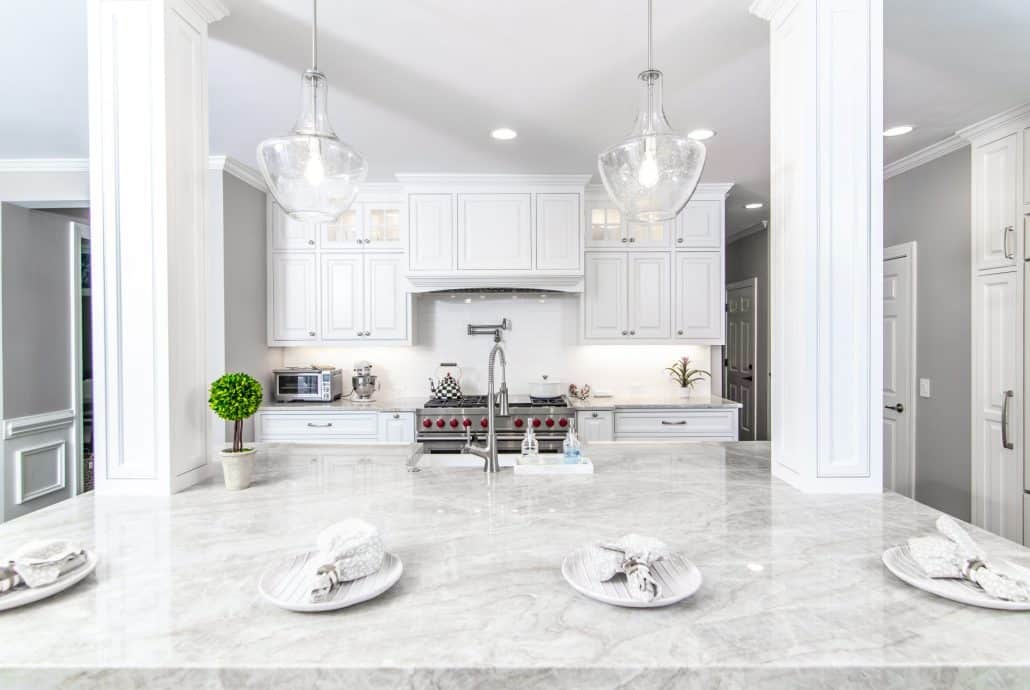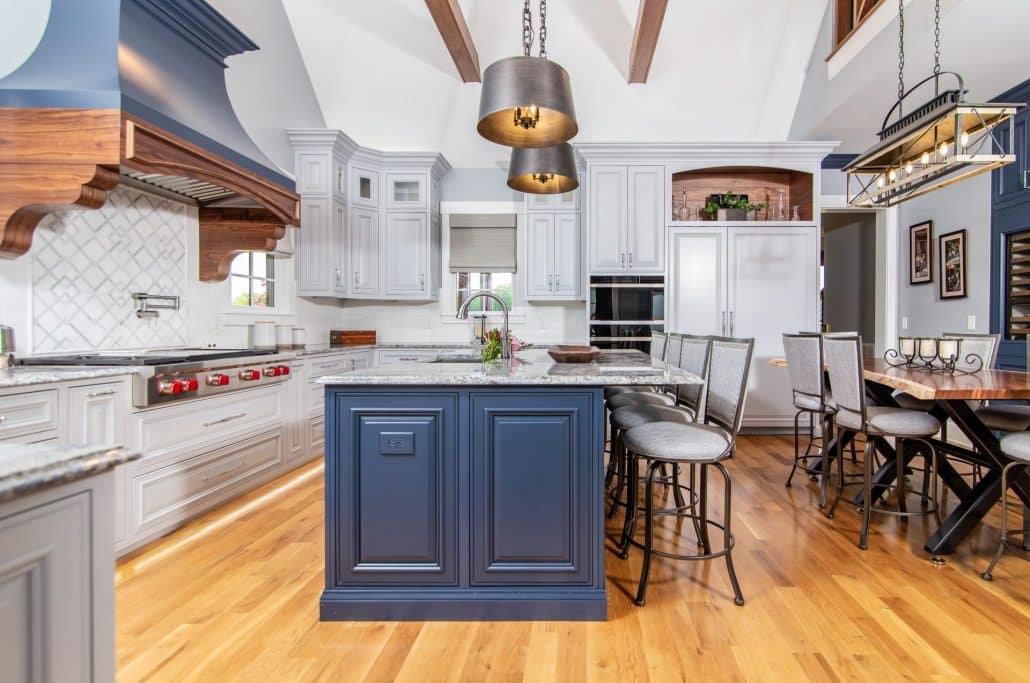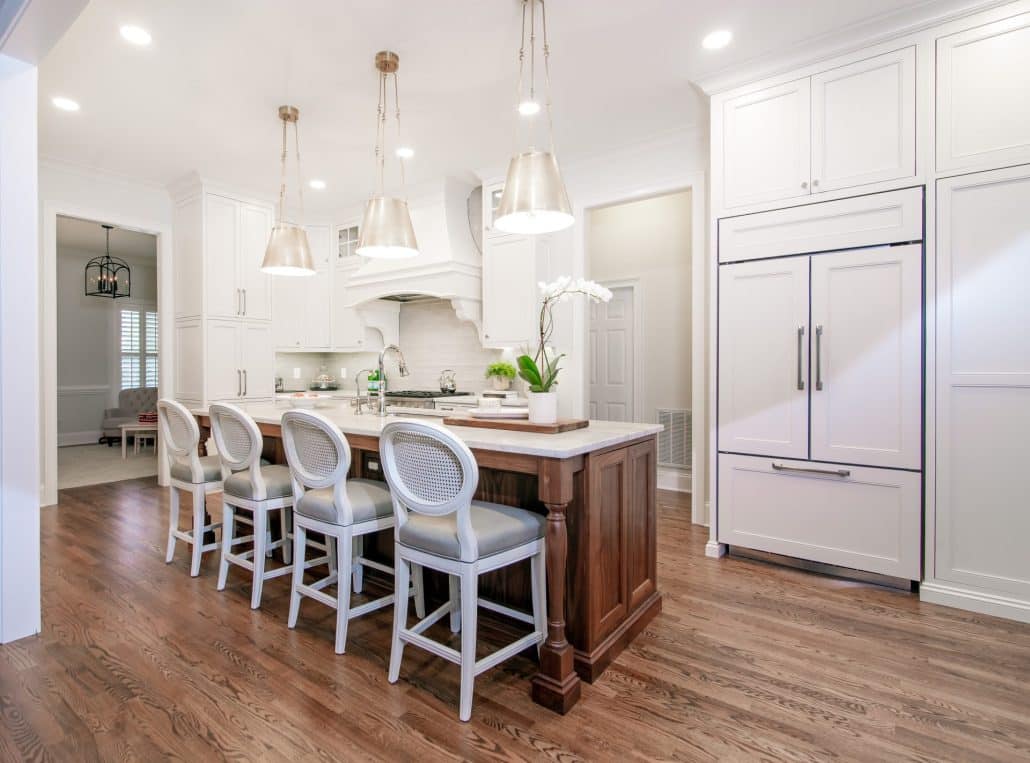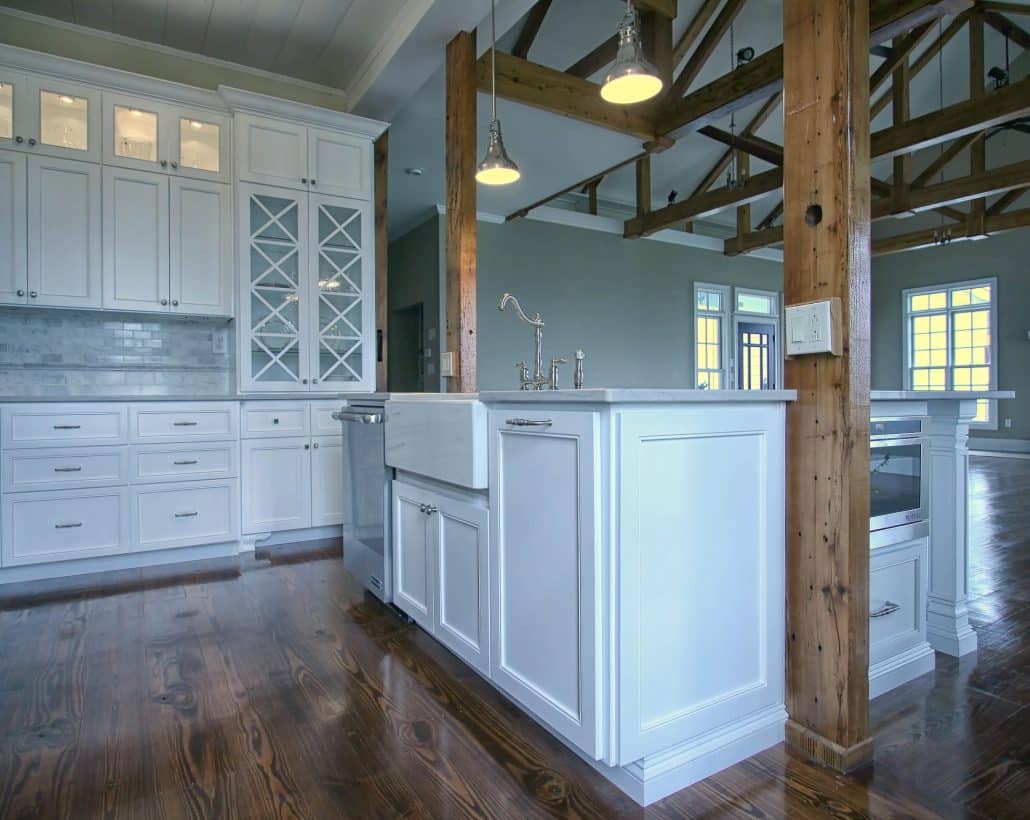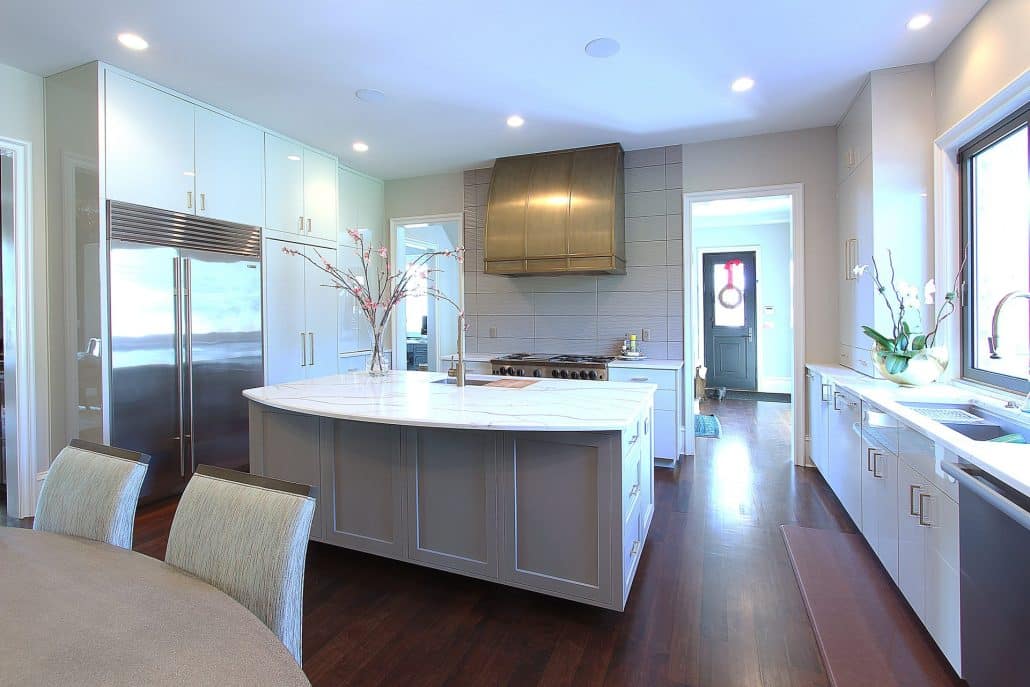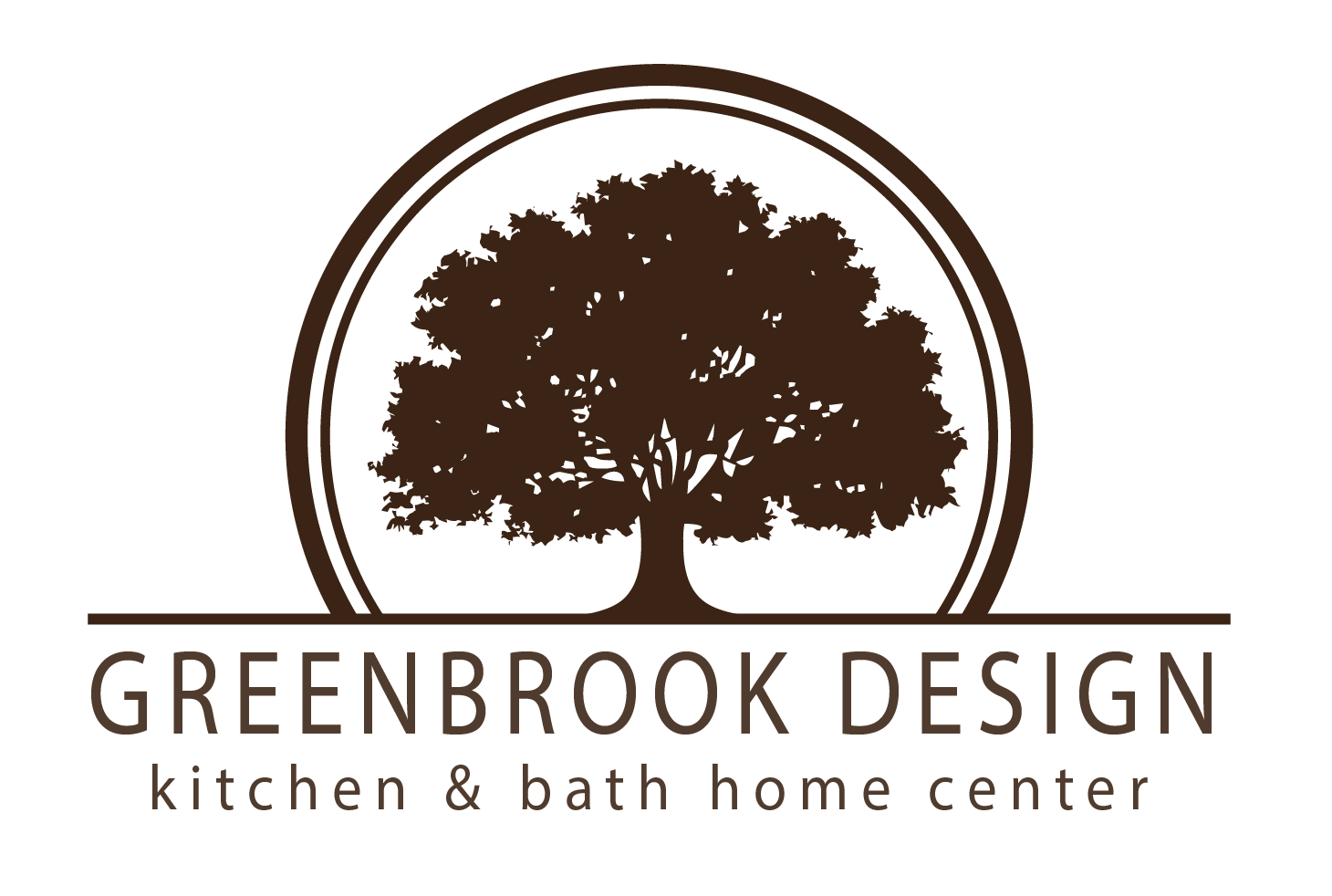 Post by Stacey Walker. Stacey mostly works behind the scenes for Walker Woodworking, managing day to day operations, and marketing. Stacey has helped many clients create their dream space.
Post by Stacey Walker. Stacey mostly works behind the scenes for Walker Woodworking, managing day to day operations, and marketing. Stacey has helped many clients create their dream space.
Cabinet styles to consider before designing your kitchen.
Traditional Kitchen
Are you looking for kitchen design inspiration? Consider the timeless elegance of a traditional kitchen. With classic details and warm accents, a traditional kitchen can create a cozy and inviting space for cooking, dining, and entertaining.
One key element of traditional kitchen design is the use of natural materials. Wood cabinetry with raised panel doors and carved details can add a touch of luxury to the space. A stone or tile backsplash can provide texture and visual interest. And a hardwood floor can create warmth underfoot.
Another important aspect of traditional kitchen design is rich, warm colors. Deep reds, earthy browns, and creamy whites can create a welcoming atmosphere. Consider using these colors in your cabinetry, countertops, and backsplash. You can incorporate them into your decor, such as with curtains, rugs, and dishware.
When it comes to appliances, choose ones with a classic look. For example, a range with a retro-style design or a farmhouse sink can add charm to your kitchen. However, you don’t have to sacrifice modern functionality for style. Many appliance manufacturers offer traditional-looking models with advanced features.
Lighting is also essential in a traditional kitchen. Consider installing a chandelier or pendant lights over your island or dining table. You can also add under-cabinet lighting to illuminate your workspace. And remember natural light – incorporate windows or a skylight to bring in sunlight and create a cheerful ambiance.
Lastly, remember the finishing touches. Traditional kitchens often feature decorative molding, corbels, and trim to add character and charm. You can also incorporate vintage-inspired decor, such as antique kitchen tools or vintage artwork. These small details can significantly impact the creation of an elegant and comfortable traditional kitchen.
In conclusion, a traditional kitchen design can create a warm and inviting space for cooking and entertaining. Natural materials, warm colors, classic appliances, and decorative details will help you achieve this look.
Transitional Kitchen
When it comes to designing your kitchen, there are a lot of different styles to choose from. One style that has become popular in recent years is transitional kitchen design. This style blends traditional and modern elements, creating a unique and timeless look.
One of the critical features of a transitional kitchen is the use of neutral colors. Shades of white, beige, gray, and natural wood accents are often used. This creates a warm and inviting atmosphere perfect for cooking and entertaining.
Another hallmark of transitional kitchen design is clean lines and simple shapes. This helps to create a sense of balance and harmony in the space. In a transitional kitchen, you might see flat-panel cabinets, simple hardware, and sleek countertops.
One of the benefits of a transitional kitchen is that it can work with various design aesthetics. Whether you prefer a more traditional look or something more modern, you can incorporate elements of both into a transitional design.
Regarding lighting, transitional kitchens often feature a mix of different fixtures. Recessed lighting is standard, as are pendant lights over the kitchen island. You might also see under-cabinet lighting, which helps illuminate the countertops while working.
Overall, transitional kitchen design is an excellent choice for anyone who wants a timeless and versatile space. Whether you’re renovating your existing kitchen or building a new one from scratch, incorporating elements of this style can help you create a beautiful and functional space that you’ll love for years to come.
Farmhouse Kitchen
Farmhouse kitchens have become increasingly popular in recent years. They are known for their cozy, rustic feel and timeless appeal. A farmhouse kitchen is a space that exudes warmth, simplicity, and comfort. Several design elements must be considered if you want to incorporate this style into your home.
One key aspect of a farmhouse kitchen is the use of natural materials. Wood, brick, stone, and metal are popular for flooring, countertops, and backsplashes. These materials add texture and depth to the space, creating a warm and inviting atmosphere. Additionally, natural materials are durable and easy to maintain, making them a practical choice for a busy kitchen.
Another essential element of a farmhouse kitchen is the cabinetry. Shaker-style cabinets are a classic choice for this kitchen style, with their simple lines and understated elegance. White or cream-colored cabinets are popular, but you can experiment with muted greens, blues, or grays. Open shelving is also a common feature in a farmhouse kitchen, allowing you to display your favorite dishes and accessories.
When it comes to lighting, a farmhouse kitchen is all about warmth and ambiance. Pendant lights are popular, as they add a touch of industrial style to the space. You can also incorporate chandeliers or lanterns for a more traditional look. Whatever lighting you choose, use warm bulbs to create a cozy glow.
The overall layout is one of the most important aspects of a farmhouse kitchen. The space should feel open and airy, with plenty of room to move around and work. If you have the space, consider incorporating a large island or farmhouse table for added functionality. This will give you a place to prep food, eat meals, and gather with family and friends.
Finally, remember the little details that make a farmhouse kitchen feel complete. Vintage accessories such as jars, baskets, and signs can add a charming touch to the space. Fresh flowers or herbs can also brighten the room and add a natural element.
In conclusion, a farmhouse kitchen is a timeless and inviting style that can be tailored to fit any home. You can create a beautiful and practical space by incorporating natural materials, classic cabinetry, warm lighting, and a functional layout. So, if you want to update your kitchen, consider embracing the cozy charm of a farmhouse design.
Modern Kitchen
Regarding modern kitchen design, every homeowner should consider a few key elements. From sleek and minimalist aesthetics to high-tech appliances and smart storage solutions, a modern kitchen can be stylish and functional.
First and foremost, modern kitchen design is all about simplicity. Clean lines, minimal ornamentation, and a focus on functionality are key. Many modern kitchens feature flat front cabinets, which create a sleek and streamlined look. These cabinets often come in various materials, from wood to metal to high-gloss finishes, which can add a pop of color or texture to the space.
Another essential element of modern kitchen design is high-tech appliances. Modern kitchens are all about convenience and efficiency, from smart refrigerators to induction cooktops. Many appliances are designed to be integrated into the cabinetry, creating a seamless look independent of the kitchen’s overall design.
Of course, storage is also a key consideration in modern kitchen design. Many modern kitchens feature custom storage solutions, such as pull-out drawers, built-in spice racks, and hidden cabinets. These solutions keep the kitchen neat and tidy and make accessing everything you need while cooking easier.
Finally, lighting is also an essential element in modern kitchen design. Many modern kitchens feature recessed lighting, which creates a clean and contemporary look. Pendant lights can also add a touch of elegance and sophistication to the space.
In conclusion, modern kitchen design is about simplicity, functionality, and convenience. You can create a stylish and practical space by incorporating these key elements into your kitchen design. Whether you’re a gourmet chef or enjoy cooking for your family, a modern kitchen can help you make the most of your time there.
Mid-Century Kitchen
One style that has remained popular for decades is mid-century modern design. This design style emerged in the 1950s and ’60s, characterized by clean lines, simple forms, and a focus on function.
One of the critical features of mid-century modern kitchens is their use of natural materials, such as wood, stone, and glass. These materials are often combined to create a sleek and contemporary look. In addition, mid-century kitchens often feature bold colors and geometric patterns, which add a touch of fun and personality to the space.
Another critical aspect of mid-century kitchen design is efficient storage solutions. This includes built-in cabinets, drawers, and shelving that maximize storage space while keeping the kitchen clutter-free. Similarly, mid-century kitchens often feature built-in appliances that blend seamlessly with the design of the space.
One of the benefits of mid-century kitchen design is that it is highly adaptable. Whether you prefer a bright and bold color scheme or a more neutral palette, mid-century design can suit your tastes and needs. Additionally, many design elements in mid-century kitchens are timeless, meaning they will always stay in style.
Mid-century kitchen design is an excellent option for creating a functional and stylish space. Whether renovating an older home or building a new one, mid-century design can help you create a beautiful and practical kitchen.

